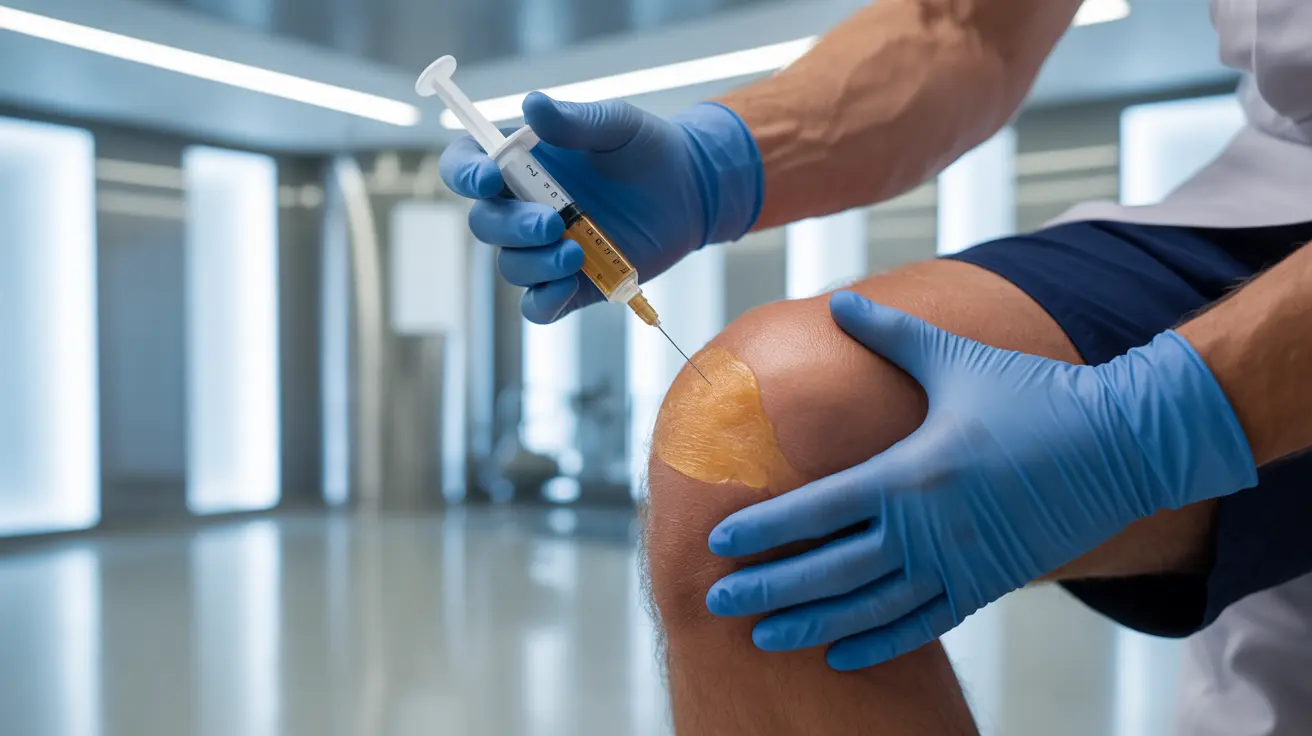For individuals suffering from knee pain or osteoarthritis, Platelet-Rich Plasma (PRP) treatment has emerged as a promising therapeutic option. This innovative procedure uses your own blood components to potentially accelerate healing and reduce pain. However, understanding the costs and coverage options is crucial for making an informed decision about this treatment.
Understanding PRP Treatment Costs
The cost of PRP treatment for knee pain typically ranges from $500 to $2,500 per injection. Several factors influence the final price, including:
- Geographic location and facility charges
- Provider expertise and credentials
- Treatment protocol and equipment used
- Number of injections needed
- Additional services (such as imaging guidance)
Most patients require a series of 2-3 injections spaced several weeks apart for optimal results. This means the total treatment cost could range from $1,000 to $7,500 for a complete course of therapy.
Insurance Coverage and Medicare Considerations
Currently, most insurance providers, including Medicare, consider PRP treatment experimental and do not provide coverage for this procedure. This classification is primarily due to varying clinical evidence regarding its effectiveness, despite promising results in many patients.
Private Insurance Options
While standard coverage is rare, some private insurance companies may offer partial coverage in specific circumstances, such as:
- When combined with certain surgical procedures
- As part of a clinical trial
- Through specialized sports medicine policies
- When deemed medically necessary by pre-authorization
Comparing PRP to Alternative Treatments
When evaluating PRP treatment against other options like corticosteroid or hyaluronic acid injections, several factors come into play:
Advantages of PRP Treatment
- Uses your own blood components (autologous)
- Potentially longer-lasting results
- Lower risk of adverse reactions
- May help regenerate tissue
Potential Drawbacks
- Higher upfront costs
- Limited insurance coverage
- Results can vary between patients
- Multiple sessions may be needed
Financial Assistance and Payment Options
Many medical facilities understand the financial burden of PRP treatment and offer various payment solutions:
- Healthcare credit cards (CareCredit, etc.)
- In-house payment plans
- Medical financing programs
- Health savings account (HSA) eligibility
- Flexible spending account (FSA) options
Frequently Asked Questions
- How much does a PRP injection for knee pain cost, and how many sessions are usually needed?
PRP injections typically cost between $500 and $2,500 per session. Most patients require 2-3 sessions spaced 4-6 weeks apart for optimal results. The total treatment course usually ranges from $1,000 to $7,500.
- Does Medicare or other insurance cover the cost of PRP injections for knee osteoarthritis?
Medicare and most insurance providers currently do not cover PRP injections for knee osteoarthritis, considering them experimental. Some private insurers may offer partial coverage in specific circumstances or as part of surgical procedures.
- What are the main advantages and drawbacks of PRP treatment for knee pain compared to steroid or hyaluronic acid injections?
PRP offers potential longer-lasting results and uses your own blood components, reducing risk of reactions. However, it's typically more expensive and requires multiple sessions. Steroid injections are usually cheaper and covered by insurance but may have more side effects and shorter-lasting results.
- Is PRP therapy for knee osteoarthritis considered safe and effective, and how long do benefits typically last?
PRP therapy is generally considered safe with minimal risk of complications. Benefits can last 6-12 months or longer in responsive patients. Success rates vary, but many studies show positive outcomes for pain reduction and improved function.
- Are there any payment plans or financial assistance options available for PRP treatments if you have to pay out of pocket?
Yes, many providers offer payment plans, medical financing options, and accept healthcare credit cards like CareCredit. The treatment is also typically eligible for HSA and FSA funds. Some facilities may offer sliding scale fees or package pricing for multiple sessions.




